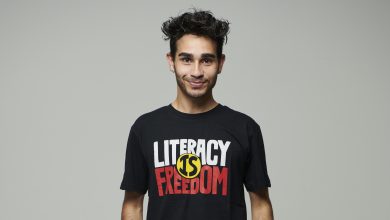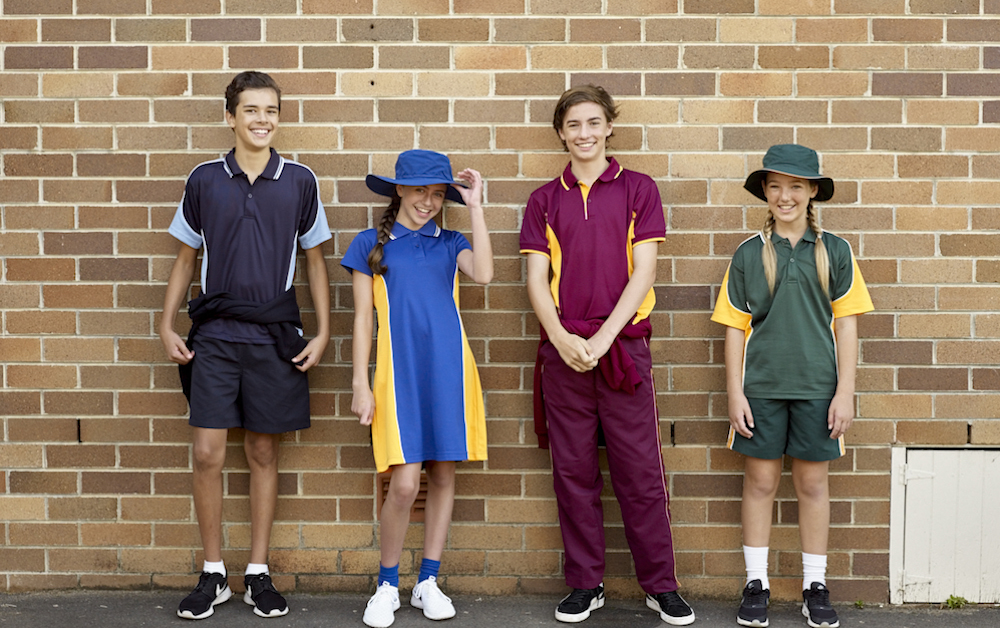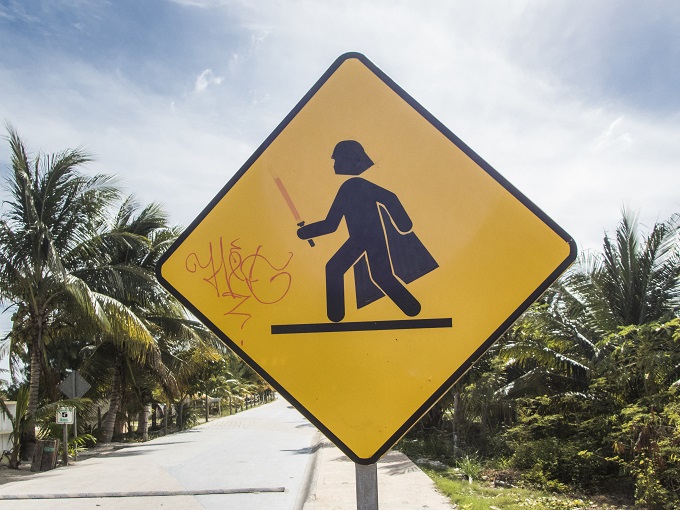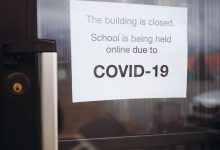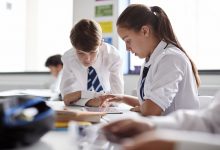‘Starting at strengths’ with strong Indigenous cultures
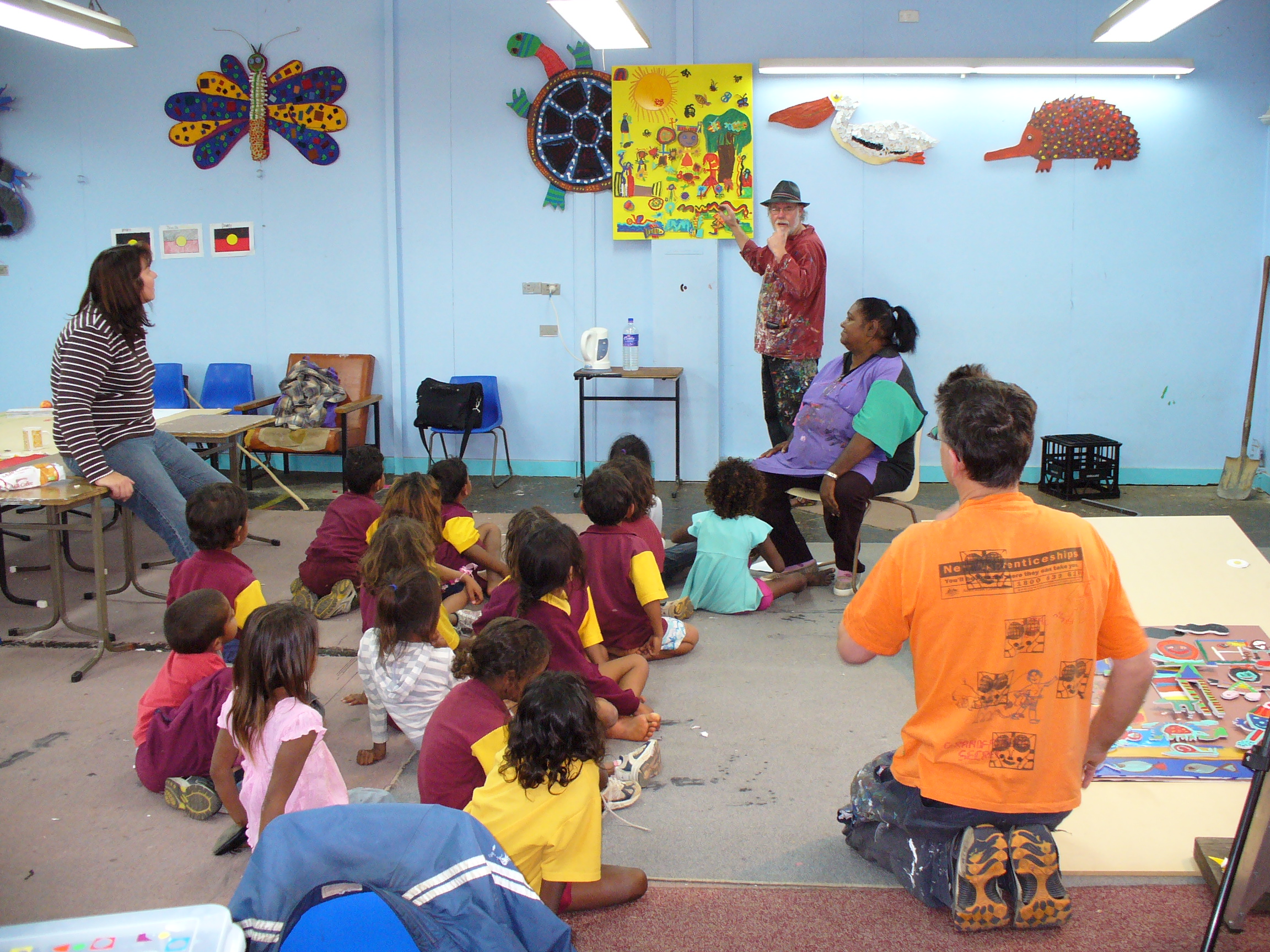
The gap between Indigenous and non-Indigenous literacy remains alarmingly wide. A consultative approach, with a focus on culturally appropriate pedagogy and policy is advised.
I have written this first article, which appeared in our first Indigenous education section, however Indigenous issues are best discussed by Indigenous voices, some of whom I have quoted. School News welcomes submissions from Indigenous educators, program providers and community stakeholders for future editions.
The 2016 National Assessment Program – Literacy and Numeracy (NAPLAN) Preliminary Report was released at the beginning of August 2016, and the significant decrease in writing results for years seven and nine since 2011 is alarming in the context of the following findings from Indigenous education portal www.CreativeSpirits.info.
“The National Report on Schooling in Australia 2005 found falling literacy rates the longer [Indigenous] children stay in school.” Standardised test scores reveal a gap of one year between Indigenous and non-Indigenous pre-schoolers, but this gap widens as Indigenous children reach the middle years.
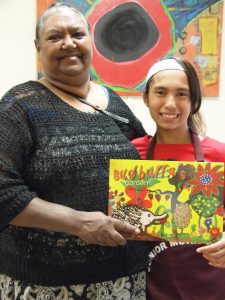
So how do we stop that gap from widening? And why are schools not working as well for Indigenous students? While that question might be asked often enough, we are probably asking the wrong people.
While we might feel drawn to start at the problems, those working with Indigenous communities would be advised to engage in what Dr Chelsea Bond, Munanjahli and South Sea Islander woman, and senior lecturer at the Aboriginal and Torres Strait Islander Studies Unit, University of Queensland, referred to as “country mapping” in her award winning essay ‘Starting at strengths . . . an Indigenous early years intervention’.
Dr Bond wrote that, while it was called “asset mapping” by “white fellas”, “mapping country is about taking the time to explore and identify the existing energies, strengths, and skills of the community, its members and the service sector.”
Waverley Stanley, a Wakka Wakka man, who was a founding director of not-for-profit Indigenous education scholarship provider, Yalari, told SBS in December 2015 that for Indigenous education to move forward Indigenous Australians must play a big part. While Mr Stanley emphasised the communities’ own responsibility, saying “no more excuses” and “we have to get the kids to school”, a welcome trend in education is to focus on how pedagogical adjustments, and greater adaptation for cultural differences can support those aims.
An excellent resource was published on www.CreativeSpirits.info called, ‘Teaching Aboriginal students’. The article encouraged educators to consider characteristics of the Australian Aboriginal experience, including intergenerational trauma caused by the “pain of the Stolen Generations”; an awareness of the greater sense of autonomy and independence Indigenous children have been raised to embody; and my personal favourite, the fact that an Aboriginal cultural context means students may be more comfortable with “working for the collective good, rather than focussing on individual achievement”.
A 2015 NITV panel discussion called ‘Square Peg, Round Hole: The shape of education’ explored how flexibility in education is needed to engage Indigenous students and improve learning outcomes. This message is echoed by Amelia Kunoth-Monks from the Utopia homelands north of Alice Springs. “More kids would go, and parents would be encouraging them to go to school, if the lessons were more relevant, taught in both languages with a strong focus on our culture”. Ms Kunoth-Monks completed year 12 at Batchelor Institute of Indigenous Tertiary Education, which offers bilingual education. “Having both-ways and the two cultures there, is absolutely amazing, rather than being at school and feeling like you’re not really wanted in society,” she told The Epoch Times.
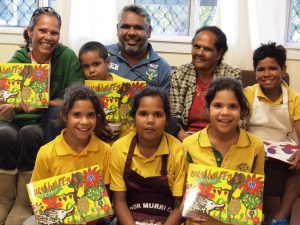
The determinants of success are there, it seems, if you ask the right people the right questions. As Dr Chelsea Bond wrote in her essay referring to community programs for early education in Brisbane suburb, Inala, “…ownership can only be facilitated by engaging our mob in the yarning process from the very beginning.” The issues are many, but Indigenous stakeholders are matching them with solutions that fit. Here are just a few consultative programs and organisations working towards transforming outcomes for young Indigenous students.
About Budburra Books
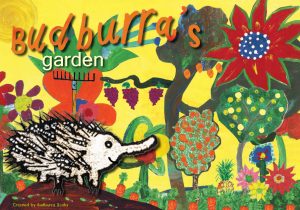 Not-for-profit organisation, Budburra books celebrates the strengths and creativity of a ‘deadly’ Indigenous school and community. The students at Cherbourg State School, an Indigenous school in south east Queensland, have proven that they are talented authors, artists and filmmakers. They have produced 12 beautifully illustrated books and five films.
Not-for-profit organisation, Budburra books celebrates the strengths and creativity of a ‘deadly’ Indigenous school and community. The students at Cherbourg State School, an Indigenous school in south east Queensland, have proven that they are talented authors, artists and filmmakers. They have produced 12 beautifully illustrated books and five films.
Budburra Books engages students and community members in the production of books, art and films, by drawing on the cultural strengths, historical ties and artistic skills in the community. The project aspires to encourage a love of learning and literacy and continue cultivating pride in local Indigenous culture.
Producing Budburra Books embeds cultural awareness, local knowledge, interests and creativity for students and provides pathways to explore careers as authors, artists, designers, storytellers, scriptwriters and filmmakers.
The published books are designed to be a supportive teaching tool that allows several skills and strategies to be employed across a range of learning areas, including Indigenous perspectives. The books provide language and literary value and are visually engaging. www.budburrabooks.com.au
Indigenous Literacy Foundation
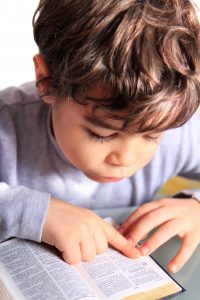 The Indigenous Literacy Foundation (ILF) is a national charity that was founded and set up by members of the Australian book industry in 2005. It draws on the skills and expertise of the book industry to address children’s literacy levels in remote Aboriginal and Torres Strait Islander communities. The foundation also supports the production of Indigenous books, which promote the proliferation of examples of words from Indigenous languages. Books with Indigenous content, can build awareness of concepts and themes that are important to many Indigenous cultures, as well as telling Indigenous stories.
The Indigenous Literacy Foundation (ILF) is a national charity that was founded and set up by members of the Australian book industry in 2005. It draws on the skills and expertise of the book industry to address children’s literacy levels in remote Aboriginal and Torres Strait Islander communities. The foundation also supports the production of Indigenous books, which promote the proliferation of examples of words from Indigenous languages. Books with Indigenous content, can build awareness of concepts and themes that are important to many Indigenous cultures, as well as telling Indigenous stories.
The ILF’s work is done through three core programs: Book Supply, Book Buzz and Community Literacy Projects. The ILF also advocates to raise community awareness of Indigenous literacy issues.
Since 2011, the ILF has worked as a not-for-profit charity without any government support or major corporate funding. It works with the support of the Australian Publishers Association, the Australian Booksellers Association and the Australian Society of Authors, along with a team of ambassadors, volunteers, and five full-time staff members.
www.indigenousliteracyfoundation.org.au
Show Me The Way
Show Me The Way was launched in 2010 as Australia’s first national online mentoring and social networking program for Aboriginal students. It is a government initiative but enjoys the participation of Indigenous community members as role models for young Indigenous people. Role model videos tell the stories of Aboriginal men and women who have become successful in their professions and trades through good education. www.showmetheway.org.au
Yalari Scholarships
Yalari is a not-for-profit organisation that offers quality, secondary education scholarships at leading Australian boarding schools for Indigenous children from regional, rural and remote communities. Yalari operates under then conviction that education is the key to generational change and a brighter future.
Since 2005, Yalari has been providing Indigenous children with full scholarships for their entire secondary school education. Strong and productive partnerships with 30 of Australia’s leading boarding schools are vital to their success.

